Way back in February we found ourselves looking at a long weekend without a good plan for what to do with it. We've been unusually awful at thinking ahead about these things lately, but thankfully George and Atima swooped in with an invitation to join them for a trip down to coastal Georgia. As I've covered here before the vibe in DC was... not great back then, so we were eager for any chance to get out for a little while (to be clear the vibe in DC is still rancid even now, but it's receded from abject shock and horror to numb pessimism as we wait to see how much stupider things will get each day). Three-quarters of us were immigrants of some sort and three-quarters were working in government or international development, so a temporary escape from DC and the insanity was sorely needed.
So it was that the four of us piled into my car on February 14 and made the 9-hour drive from DC down to Georgia. Cumberland Island, our destination for the weekend, is the largest of Georgia's Sea Islands and is reachable only by ferry. Since we didn't really feel like leaving at 2AM to catch the afternoon ferry, we instead spent the night in St. Marys, the little town on the coast nearest to Cumberland. After a full day of driving (and a stop for a Valentine's Day dinner of southern barbecue in South Carolina), we arrived at our AirBnb in St. Marys late that evening and enjoyed our last night of sleeping on a proper bed before the weekend.
The next morning we packed up and headed to the St. Marys pier to catch the 9AM ferry. St. Marys is a picturesque little coastal town with lots of classic colonial architecture and wide, quiet streets lined with live oaks. Even in the middle of February it was pleasant during the day, and I almost wished we'd had a couple more hours to walk around and explore the area. The pier was located along the St. Marys River, which marks the border with Florida; Cumberland Island itself is the southeasternmost point of Georgia. We checked in for the ferry and listened to the obligatory spiel from the park rangers, and in general waited impatiently for the boat to leave and for the real part of our trip to start.
 |
| St. Marys from the ferry |
The ferry departed the pier around 9:30, and it was a 45-minute ferry ride from St. Marys across the narrow channel that separates Cumberland Island from the mainland. The Atlantic Coast has lots of birds all year round, and the whole ride was full of wildlife: Brown Pelicans roosting on the pillars of the pier, Herring Gulls, Laughing Gulls, Ring-billed Gulls, and Bonaparte's Gulls wheeling above the ferry, and Forster's Terns and Royal Terns diving into the water. Close to the island we spotted a pod of Tamanend's Bottle-nosed Dolphins, the only ones of the trip.
 |
| Annoyingly enough my only dolphin pic |
 |
| The gang on board the ferry |
This ferry ride was also where we saw the best bird of the trip: a big seabird I saw landing in the channel out of the corner of my eye. I raised my bins expecting it to be just another gull, but I immediately realized it was something much rarer: a jaeger! I scrambled to get everyone else on it and to get as many pictures as possible as it receded behind us. Thankfully I got enough record shots to confirm what I had suspected: it was a Parasitic Jaeger, one of the three species of jaegers that occasionally turn up off the coast of the US, and a lifer for all of us. In fact, it was my first lifer of 2025, and (embarrassingly) so far the only one.
 |
| Parasitic Jaeger! |
The buzz of a surprise lifer had us properly excited for the rest of the weekend, and a chance to disconnect from the terrible goings-on of the outside world and focus on nature instead. We disembarked on Cumberland Island near the ranger station and listened to the second park ranger spiel of the day before grabbing our bags and making the short walk to our campsite.
It's difficult to describe the general vibe of the coastal Deep South to anyone who hasn't been there. The forests are dominated by live oak trees, with a thick undergrowth of palmettos and redbay bushes. On barrier islands like Cumberland Island the constant wind coming in from the ocean means that none of the trees can grow higher than 10 meters or so but instead spread outwards, their gnarled limbs draped in ferns, mistletoes, and Spanish moss. It's surreal, beautiful, and also disorienting, and a couple hours of walking through a near-monoculture of live oak and palmettos can start to feel a bit like being in purgatory.
 |
| 99% of the interior of Cumberland Island looks, and I cannot stress this enough, exactly like this. |
Our first night on the island we were staying at the Seacamp campground, a 15-minute walk from the ranger station. By campsite standards it's quite cushy, with wide, flat tent sites and a full bathhouse complete with electricity, flush toilets, and (cold) showers. All four of us were staying there for one night, after which George and Atima were planning to trek 10 miles to the north side of the island to a much more remote campground. Nikki and I, not feeling like walking for half a day just to be able to stay at a campsite without a proper toilet, were staying at Seacamp both nights.
The brief walk to the campsite was my first chance to do proper birding on Cumberland Island. Georgia is far enough south that there were a few birds that only show up in DC in the wintertime, including White-eyed Vireos, Black-and-white Warblers, Grey Catbirds, and approximately 7 million Yellow-rumped Warblers. The interior of the island wasn't particularly birdy, but occasionally a bird wave would pass through with over-wintering passerines as well as the usual residents like Red-bellied Woodpeckers, Carolina Chickadees, Carolina Wrens, and Tufted Titmice.
 |
| White-eyed Vireo |
 |
| Yellow-rumped Warbler |
 |
| Live Oaks and epiphytes |
Our favorite wildlife encounter of the trip, however, wasn't a bird at all: it was the many
Nine-banded Armadillos found throughout the island. I've seen plenty of dead armadillos as roadkill in the south, but this was my first time seeing live ones. The Cumberland Island armadillos were absolutely fearless, having become accustomed to humans and being confident that being thick-skinned and bad-tasting is protection enough. We developed a special liking for a particularly small individual we named "Henry", who apparently lived near our tent site and repeatedly showed up to root around in the dirt near the picnic table practically under our feet.
 |
| Henry the friendly campsite Nine-banded Armadillo |
 |
Henry's domain (photo by Atima)
|
It was noon by then, so we busted out our cookware and had pesto pasta with smoked salmon and sun-dried tomatoes for lunch. There's something about camping that makes every bit of food taste about 200% better than it does at home–not that pesto and smoked salmon taste bad pretty much anywhere they're eaten. Aside from Henry we got acquainted with some of the other mammalian wildlife, including several Virginia Opossums and a Northern Raccoon that skulked around in. the undergrowth looking hungrily at our supplies (this, readers, is a literary device known as "foreshadowing").
 |
| Making lunch (local mammal life not pictured but certainly present) |
After lunch we headed out for a walk around Cumberland Island. It was perfect weather for a beach walk, with light cloud cover and a stiff breeze blowing in from the ocean. The sandy beach was dotted with little flocks of over-wintering shorebirds, including Sanderlings, Semipalmated Sandpipers, Dunlins, Red Knots, Semipalmated Plovers, Ruddy Turnstones, Piping Plovers, Wilson's Plovers, Willets, and American Oystercatchers. Brown Pelicans flew low across the waves, and Forster's Terns, Herring Gulls, and Laughing Gulls wheeled above us. I always forget how stupidly easy bird photography is in the coastal US, and I spent the walk along the beach happily filling my memory card as I tried to perfect my bird-in-flight photography. The following pictures, while probably still excessive, are but a small fraction of all the keeper pictures I managed along the walk–the indisputable sign of a good day if you ask me.
 |
| Semipalmated Sandpiper |
 |
| Dunlin |
 |
| Sanderling |
 |
| Ruddy Turnstone |
 |
| I have learned to my great displeasure that shorebirds are capable of moving the tip of their upper mandible independently, which leads to cursed images such as this one. |
 |
| Red Knot |
 |
| Forster's Tern |
 |
| Ring-billed Gull |
 |
| American Herring Gull (since apparently we've now split the Herring Gulls even though the Larus genus is where the entire concept of a biological species goes to die) |
 |
| Laughing Gull |
 |
| Sea fog on the beach |
 |
| The Cumberland Island beach |
 |
| The Cumberland Island beach with Nikki |
 |
| The Cumberland Island beach with Nikki and Forest |
We walked southward for a couple of miles along the beach, then turned inland and crossed over to the channel side of the island, where there was a little boardwalk through the salt marsh. Another Nine-banded Armadillo was rooting around in the horse poop inland of the beach, a much larger individual that we nicknamed Heinrich. The salt marsh didn't have too much in the way of birds since it was midday, but we did see a Tricolored Heron and a few Snowy Egrets. In a little dry meadow there was a surprise Wild Turkey making its way along the path and a Black Vulture sitting hunched over on a dead palm. The south side of the island also had the ruins old plantation mansions owned by a bunch of Revolutionary War-era slaveholders. The biggest one was built by the Carnegie family in the 1880s and hosted some famous Great Gatsby-style parties in the Roaring Twenties where rich New Englanders went to live it up and not think too hard about overvalued stock markets. These days it's just a bunch of crumbling old buildings and empty fields inhabited only by armadillos and presumably a good number of ghosts.

 |
| Heinrich the Nine-banded Armadillo looking for bugs in the horse poop |
 |
| Black Vulture |
 |
| Wild Turkey |
 |
| Grey Squirrel |
 |
| Eastern Oysters in the salt marsh |
 |
| Sweet Acacia (Vachellia farnesiana) |
 |
| The inland dunes |
 |
| The marsh boardwalk |
 |
| The salt marsh at the southern end of Cumberland Island |
 |
| Exploring old plantations (photo by George) |
We headed back to our campsite through the woods, arriving just before sunset. We roasted some sausages for dinner and turned in for an early bedtime, enjoying the excuse to sleep shortly after dark instead of staying up doomscrolling to keep abreast of the ongoing collapse of the country.
 |
| Walking through the live oak purgatory |
The next morning I was up at sunrise, and enjoyed just sitting and listening to birdsong before the annoying boy scouts in the site next to us woke up. After a leisurely breakfast we headed out to the beach, where it was windy and partially overcast but still picturesque. The morning light was great for photography and I enjoyed the chance to see more of the usual waterbirds like Sanderlings, Dunlins, American Oystercatchers, Royal Terns, Laughing Gulls, and Black Skimmers, the latter of which is easily my favorite North American tern.
 |
| Dunlin |
 |
| Sanderling in the blowing sand |
 |
| Backlit American Oystercatcher |
 |
| Royal Tern |
 |
| Royal Tern with Black Skimmers |
 |
| Black Skimmers |
As much as we had enjoyed our first campsite (complete with its resident armadillo), we had it only for one night. I had thought that I'd booked the same campground for Nikki and I the second night, but upon reviewing my email I realized that it had automatically relocated us to a different campground a couple miles to the north. George and Atima, meanwhile, were planning to do a 10-mile hike to their own much more remote campground. We packed up our gear and prepared to schlep over to our respective new sites. Not particularly feeling like an unnecessary hike, we decided to stop by the ranger station to see if there were any newly-opened sites closer by. Atima and I arrived at the pier and were greeted by an anxious-looking ranger saying "thank God you guys got here, the storm is about to hit."
We had looked at the weather the day before and seen that there was some rain forecast for the afternoon, but nothing that looked too serious. I checked the radar and saw that instead of some light rain there was a giant wall of red storm clouds that stretched from Florida to North Carolina bearing down on us to the west. We rushed back to get George and Nikki, and we hauled our gear to the ranger station and took shelter inside. The other campers staying on the island filtered in soon after, including 30 or so Boy Scouts which is about 30 more 12-year-old boys than I feel like dealing with at any given time.
The storm hit about 20 minutes after we had first arrived in the station, and it really was as dramatic as the radar made it look: high winds, driving rain, and hail that pounded the ranger station, whipping the sign off its hinges and making the live oaks creak worryingly in protest. The power went out shortly after the storm hit and the storm clouds were so dark that it was even hard to read indoors for a while. We passed the time reading our books and chatting, and I eventually taught everyone else how to play Euchre (I am still a Midwesterner after all) in order to distract us from annoying Boy Scouts.
The storm finally passed after a couple hours, and to our relief the rangers told us there was a spot we could take at Seacamp, sparing us a long hike. We returned to the campground, located our new site, and set up our tents. It was early afternoon by then, so we made lunch and took a nice afternoon nap. After we woke up we took another hike around the island, this time exploring the northern part. The storm was a cold front, and it was pleasantly cool and sunny in the late afternoon. The setting sun illuminated the receding storm clouds to the east in odd shades of pink and purple, and the dramatic light made for yet more good photography of the usual beach birds.
 |
| Brown Pelican |
 |
| Black Skimmer |
 |
| Ring-billed Gull at sunset |
 |
| Laughing Gull post-sunset |
 |
| Lightning Whelk (Sinistrofulgur sinistrum) |
 |
| Grey Sea Star (Luidia clathrata) |
 |
| Live oaks and Spanish moss in the late afternoon light |
 |
| Georgima pre-sunset |
 |
| Georgima post-sunset |
 |
| There may have been some different priorities among the group |
 |
| Sunset with receding storm clouds in the distance |
Back at camp we made mac and cheese and roasted some sausages for our dinner. Our new site was huge but seemed to have much more aggressive mammals than the other one. Henry the armadillo wasn't around, and instead there was a pair of extremely bold Northern Raccoons that would come straight into the campsite and climb onto the table to look for food scraps every time we looked away. That was fine if a little annoying, but I pointed out to George and Atima that they might want to make sure they didn't have any food in their tent. They went over to check, and soon after we heard some shrieks and swearing–there had been a single Snickers bar left in their tent, and a raccoon had managed to chew a surgically accurate hole in the canvas and stolen it along with some granola. Nikki and I found it hilarious, while George and Atima left Cumberland Island with a newfound dislike of raccoons.
The cold front that came along with the storm made the afternoon nice and cool, but that meant that the night was absolutely frigid. George and Atima, having packed for proper camping, were nice and cozy but Nikki and I realized that we hadn't brought sleeping bags. That left us with nothing but a sheet and our meager warm clothes to keep us warm, Those were, well, not sufficient for a night with temperatures below freezing. What followed was one of the most uncomfortable nights we've ever had as we huddled as close to each other as we could while we tried not to get hypothermia. Nikki jokes that she's never needed me more than she needed me (or at least my body heat) that night.
It was a relief when morning came, as we could at least get of our tents and move around to keep warm. There was a Hermit Thrush hanging around the campsite as we packed up, the last new bird for Cumberland Island before we got onto the morning ferry back to the mainland. There were no more jaegers on the return trip, but I enjoyed the Brown Pelicans flying by the ferry. We spotted a Reddish Egret on the shore near the pier, a rare bird for February in Georgia, and on the mainland I enjoyed getting pictures of the Great Egrets hanging out on the dock and the Boat-tailed Grackles bathing in a fountain.
 |
| Hermit Thrush |
 |
| Brown Pelican |
 |
| Great Egret |
We piled back into my car around 11 and began the long drive back, stopping in northern Georgia for a delicious lunch of soul food. The trip was exactly what all of us needed: a chance to unplug from the slow-motion apocalypse that was (and still is) Washington DC. For me it was also an opportunity to properly get back into birding, which I criminally neglected over the winter. I'm still not back to my 2023 levels of birding activity, but this trip was enough to finally get me out and birding more actively. Beyond that all that it was just a chance to spend time with good friends and have adventures in a part of the country I've spent very little time in, which is never not a good thing.
.jpeg) |
| Our first proper post-camping meal |























































.jpeg)













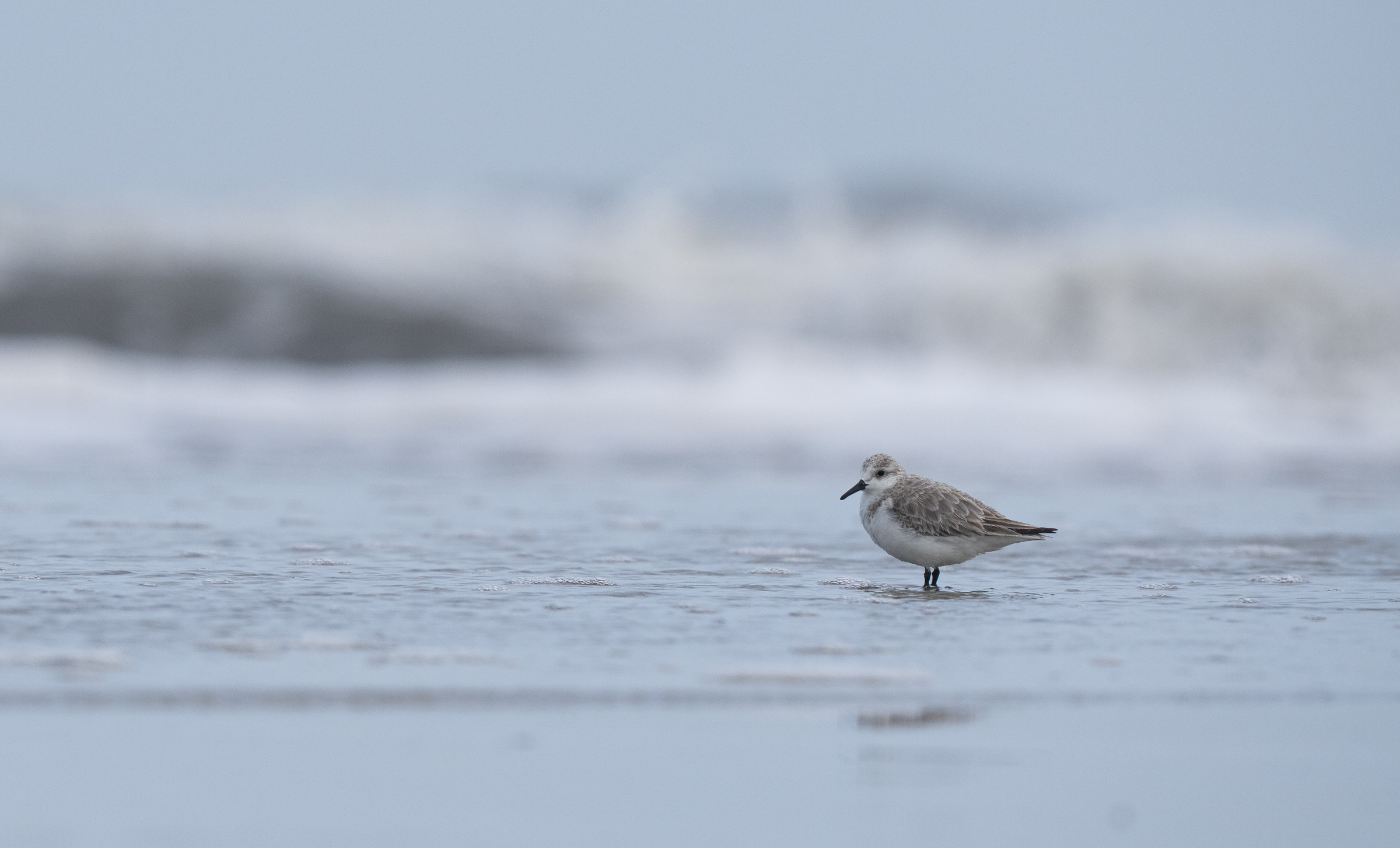









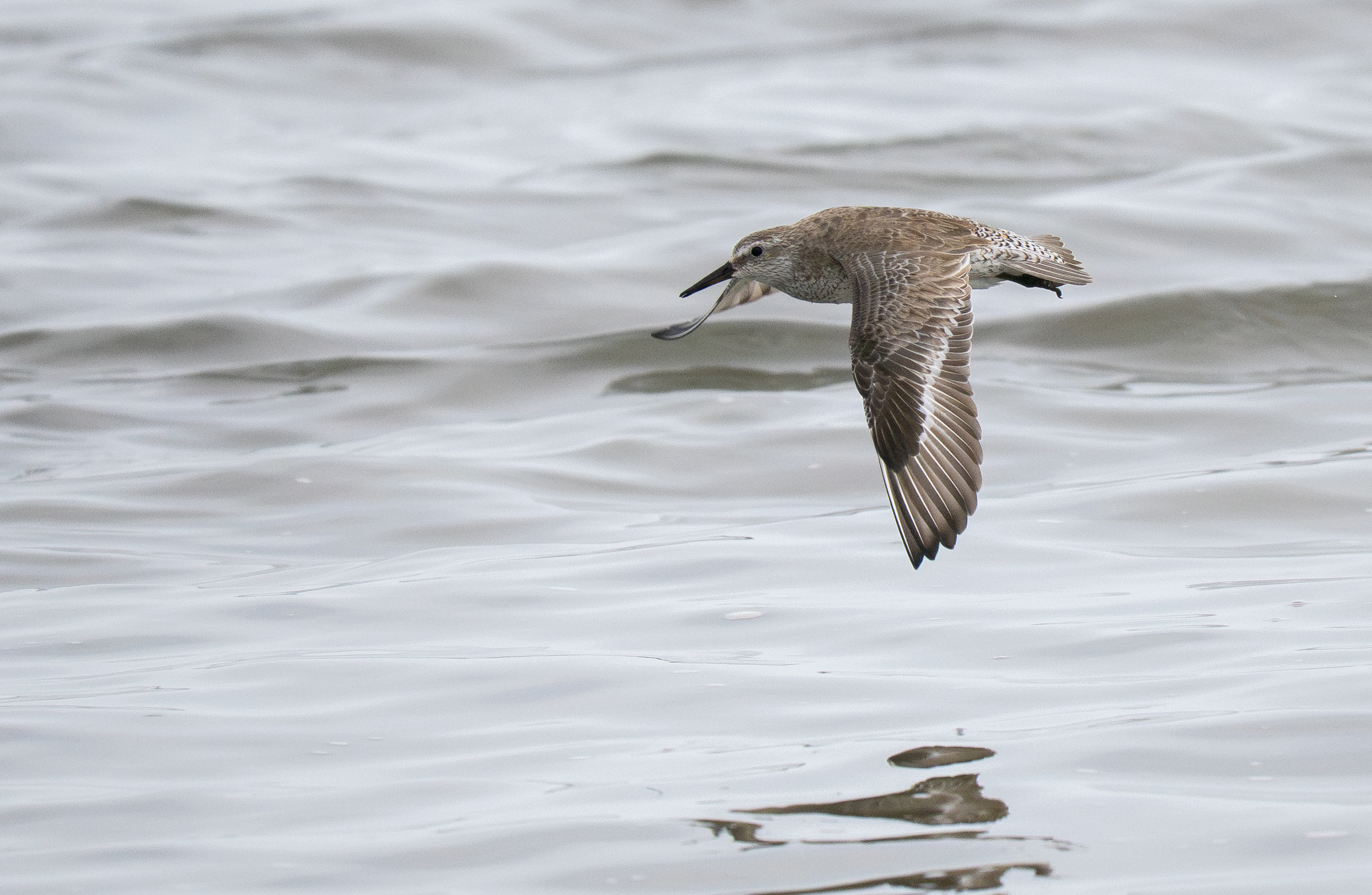





















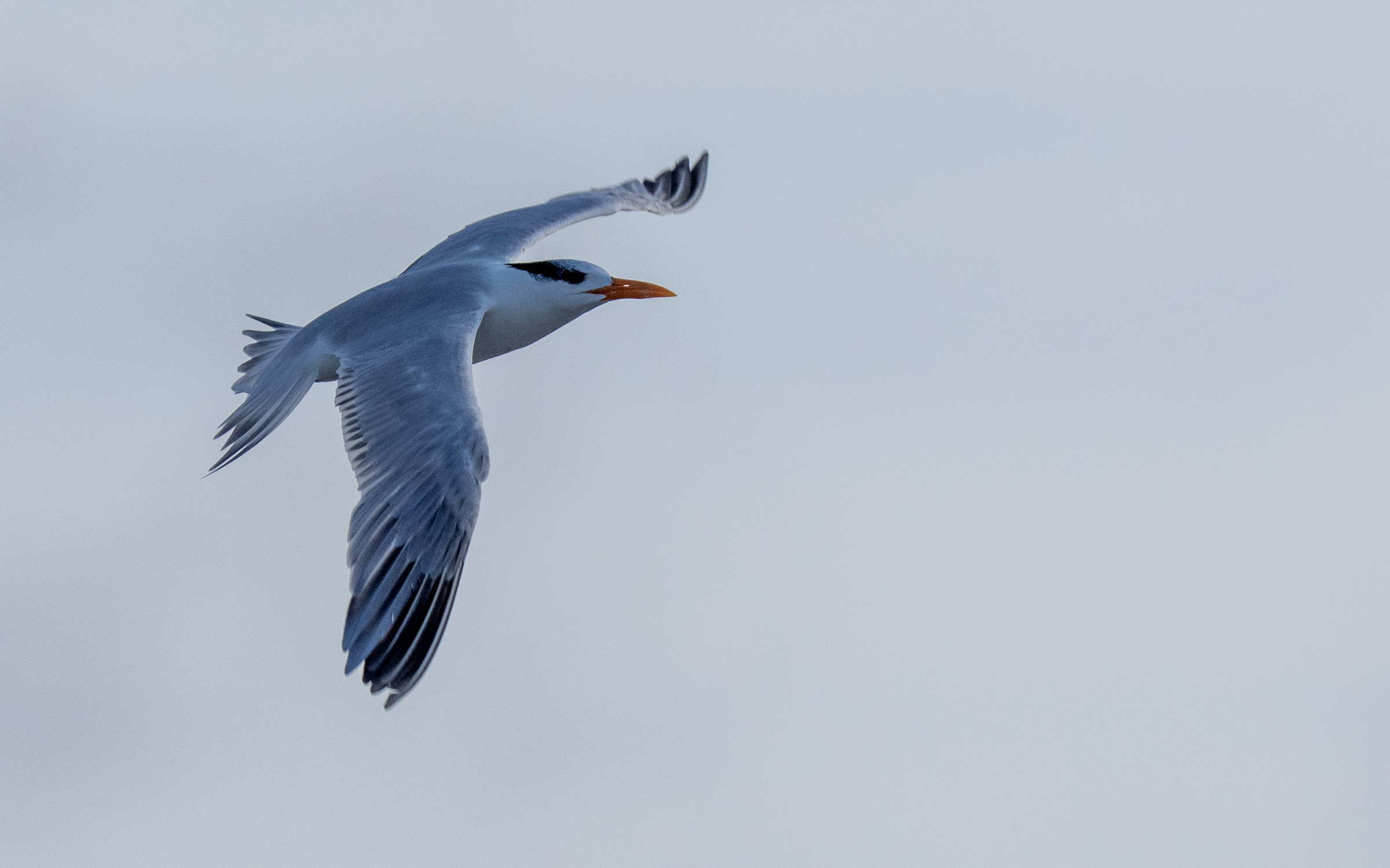

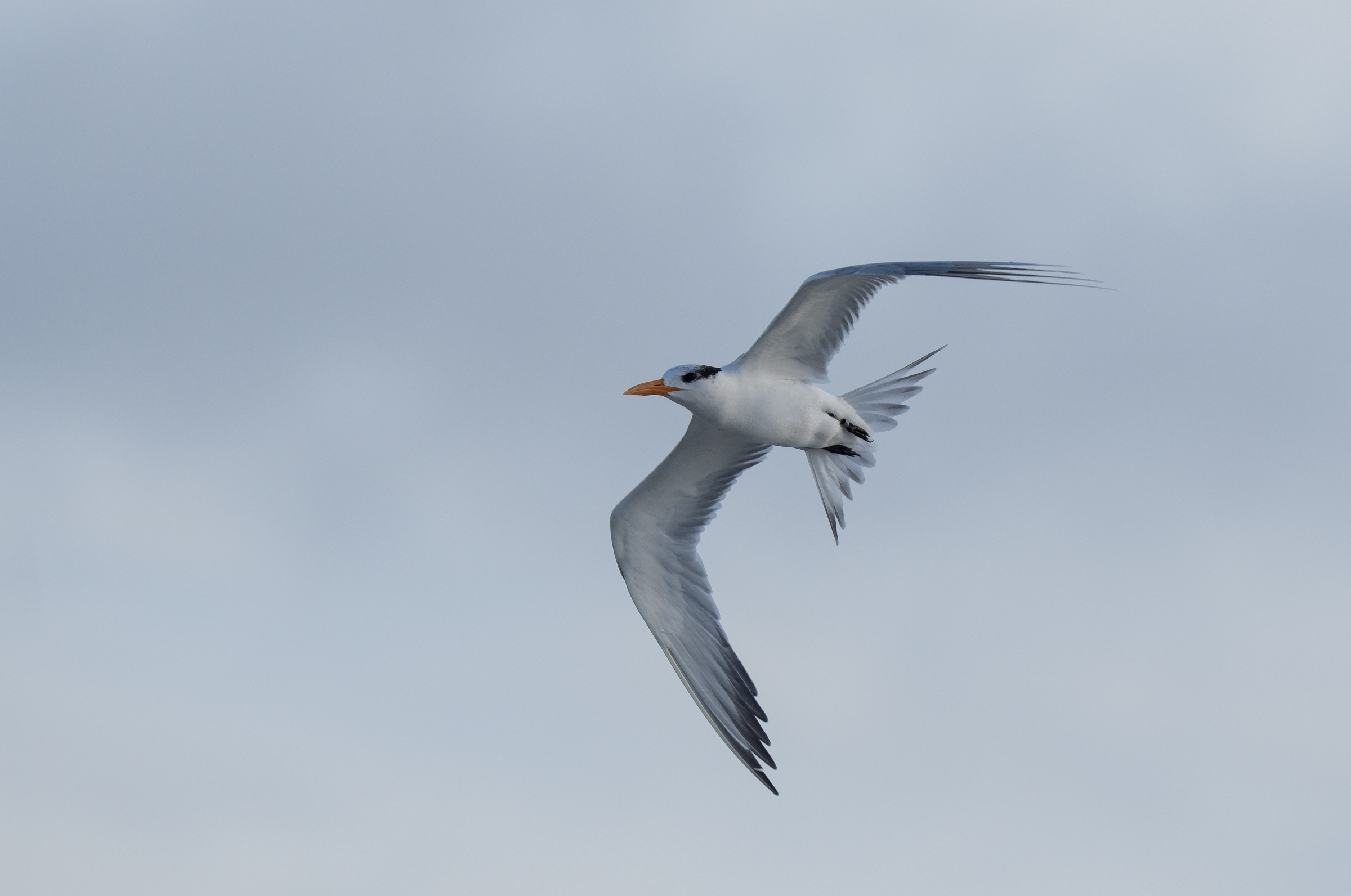

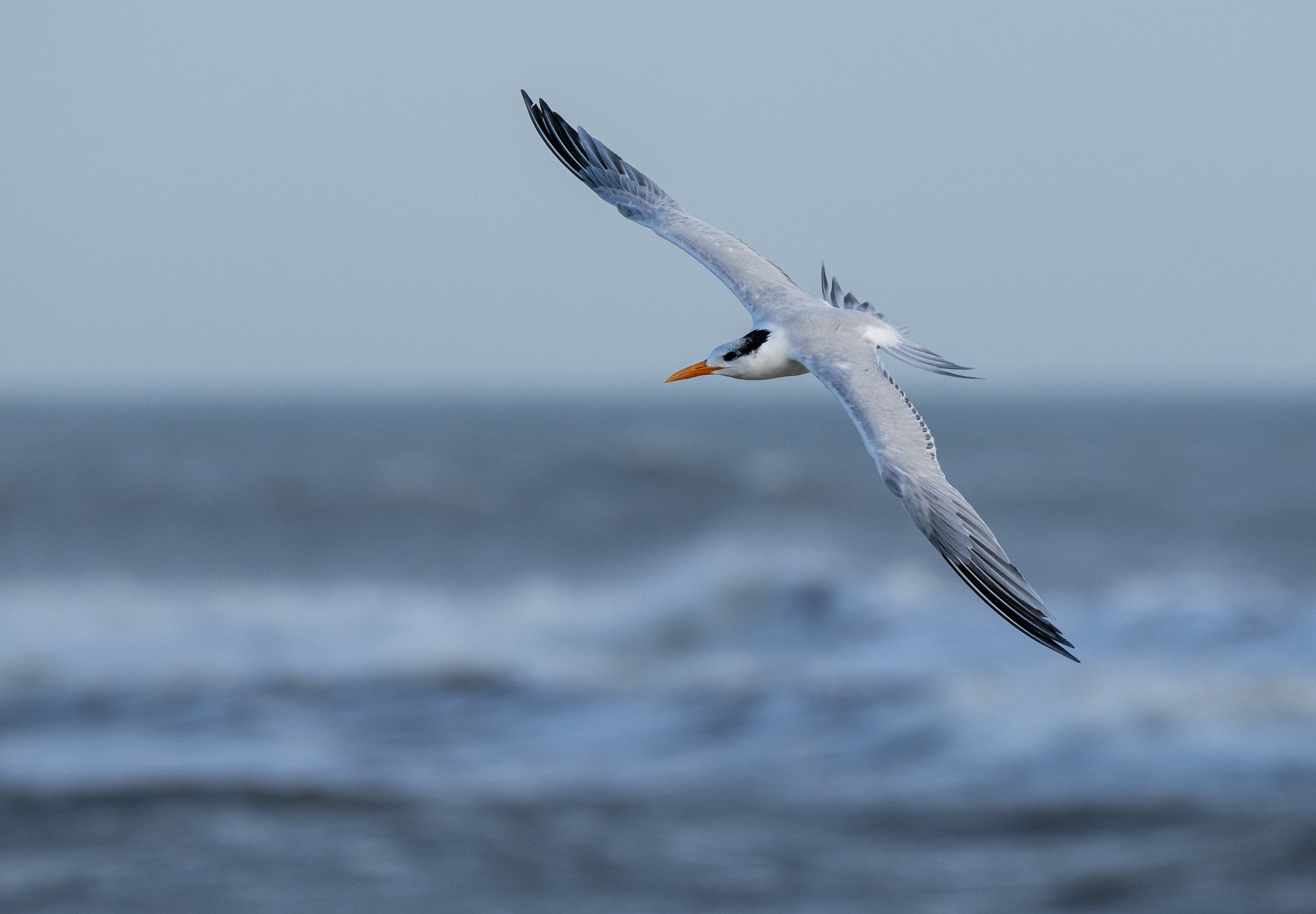




























Beautiful photos! Lovely smiles! Thank you so much for sharing this amazing journey! I have never seen an armadillo before, well, not "in person". You have a wonderful blog. Warm greetings from Montreal, Canada.
ReplyDeleteThanks for reading! So glad you enjoyed!
Delete